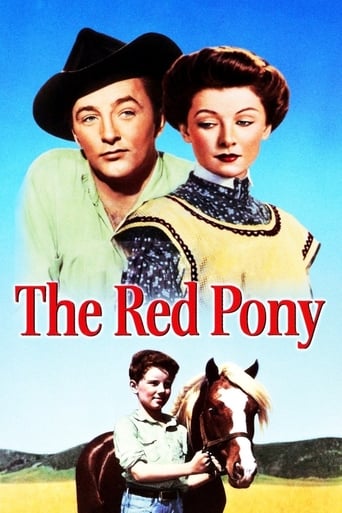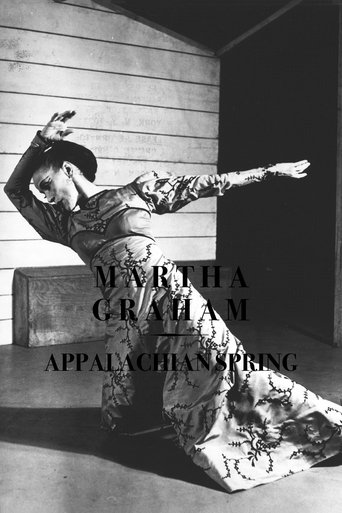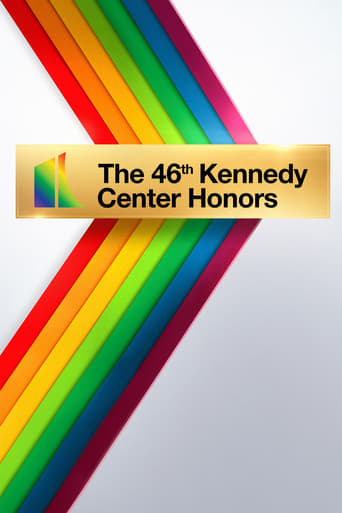Aaron Copland: A Self Portrait
Jan 01, 1985Copland himself is the key explicator of his own extraordinary musical career, from piano lessons in Brooklyn and study with Nadia Boulanger, a fling as a wild-eyed modernist, and finally to his preeminence in the American musical world. The program features a wealth of Copland music, including ballet sequences with Agnes de Mille dancing in Rodeo and Martha Graham in Appalachian Spring, scenes of Copland conducting, and interviews with Leonard Bernstein and Ned Rorem, who said of Copland, "He invented out of whole cloth what it means to be American." Written by Vivian Perlis and produced by Ruth Leon.
Documentary


















